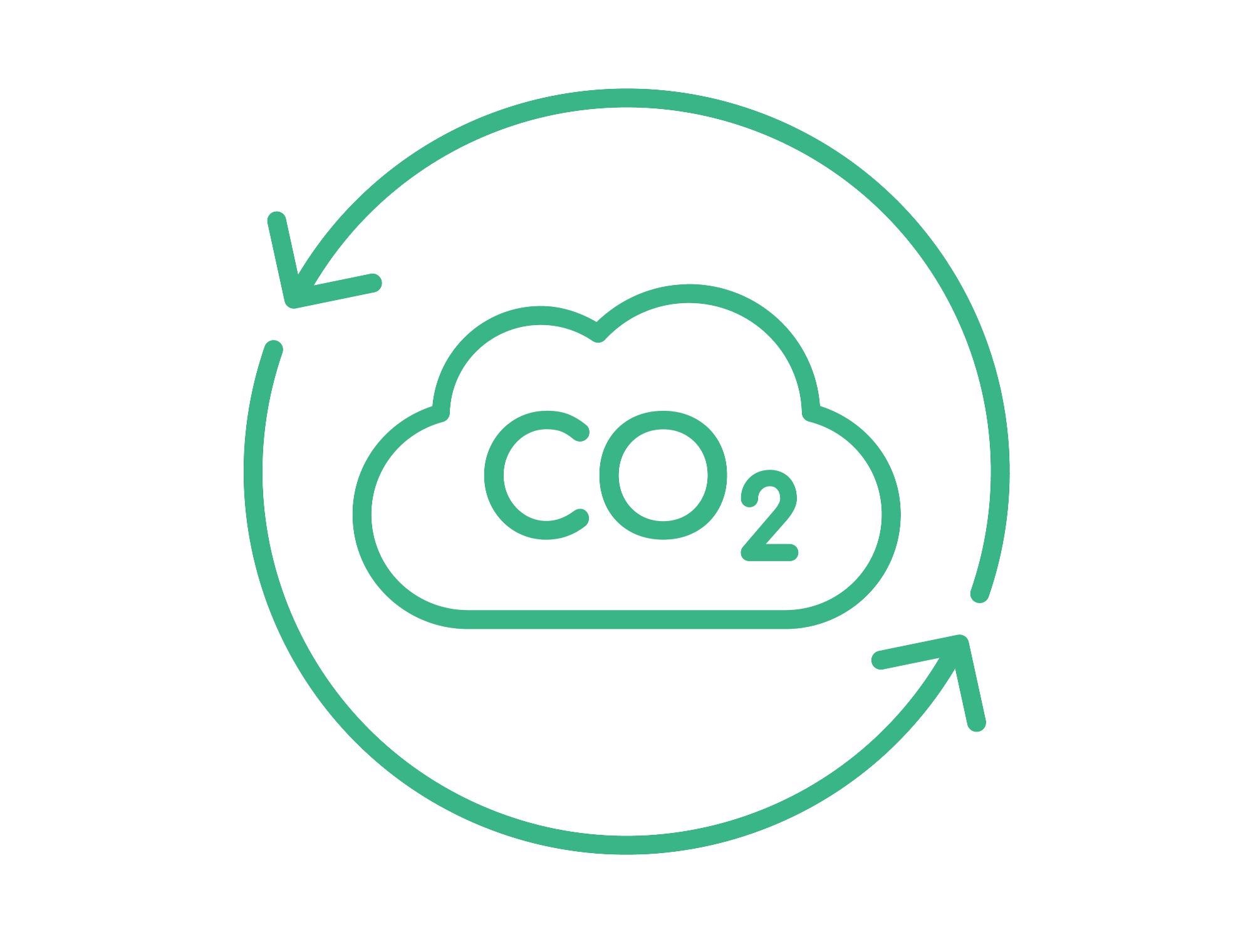 By Surbhi JainReviewed by Susha Cheriyedath, M.Sc.May 10 2022
By Surbhi JainReviewed by Susha Cheriyedath, M.Sc.May 10 2022In an article recently published in the journal ACS Energy Letters, researchers discussed the CO2 Electrolyzer Intermittent Operation at industrially relevant current densities.

Study: Intermittent Operation of CO2 Electrolyzers at Industrially Relevant Current Densities. Image Credit: Tasha Vector/Shutterstock.com
Background
Because of the increased proportion of intermittent renewable energy in the mix of electricity, an increase in power load fluctuation is projected in future electrical energy systems. Aside from the issues this causes for the electrical system, it also leads to enormous price fluctuations. Electrochemical power-to-liquid and power-to-gas technologies are potential chemical energy conversion systems that can be used in conjunction with the intermittent renewable energy sources for the balancing of the grid while making use of economical excess energy at peak times.
Electrochemical hydrogen-generating methods like proton exchange membrane (PEM)-based water electrolyzers are widely known for their dynamic reaction to external electrical power loads and can thus be directly connected to renewable energy sources like solar photovoltaic (PV) power plants or windmills.
Direct CO2 electrolyzers running at industrially relevant current densities could theoretically provide similar benefits, while no experimental evidence has yet been provided. Given the significant variances among water electrolyzers, such verification would be critical. Fluctuations in local pressure as a result of the quick increase/decrease in reaction rate may produce flooding in the cathode gas diffusion electrode (GDE), which can compromise the electrolyzer cell's stability.
A few research works focused on dynamic operation, but they were confined to on and off switching cycles in brief measurements and basic variations in the current/potential to regenerate the Cu catalyst and/or minimize precipitation development in the electrolyzer cells. Low-temperature CO2 electrolyzers are especially attractive for dynamic operation, but high-temperature systems have thermal management challenges.
About the Study
In this study, the authors used a power input that mimicked the output of a solar photovoltaic power plant to demonstrate the dynamic operation of CO2 electrolyzer cells. The dynamic operation of two low-temperature CO2 electrolyzer cells, a zero-gap cell, and a membrane-less microfluidic, were compared to provide the experimental demonstration of an electrolyzer cell that absorbed a power load that mimicked a PV power plant and generated CO for a week.
The researchers created an environment to test the CO2 electrolyzer cells in the conversion process of CO2 to CO on their own. To assess the reaction of zero-gap electrolyzer cells in terms of H2/CO partial current densities (jH2 and jCO) and cell voltage, a dynamic current control procedure was designed. The method consisted of eight-hour periods of the constant current operation and eight-hour periods of dynamically varying current operation.
The team used a protocol to simulate the power output of a solar PV power plant in Germany, where data was available with a one-minute resolution. The electrolyzer was run for a week to test the cell's long-term stability under these conditions.
Observations
The zero-gap architecture allowed for efficient intermittent operation for a week without sacrificing performance. When compared to the constant current operation, the dynamically shifting current pattern had no effect on stability. Certain beneficial effects of the current fluctuation could be considered, such as the liberation of imprisoned gas bubbles.
With a maximum of 437.5 mA cm-2, total current densities were found to be linearly scaled with PV power output. Because of the fluctuating cell voltage, the cell power load profile differed somewhat from the PV power output, and the proposed current control approach accentuated the power variations. The total current curve was followed by jCO, and FEH2 remained below 15%. Although the beginning voltage of CO2 electrolysis in the prepared cell was around 2.15 V, the cell voltage curve mimicked that of the power input. The electrolyzer performance clearly followed the dynamic power demand with no discernible delay, with a total FE of 92.5%.
The CO partial current density resembled closely the input power pattern, which showed that there is no major deterioration. Rapid fluctuations in local pressure were caused by the rapid shifting of the gas (CO, O2, and H2) evolution rates. The GDE flooded because the gas/solution could penetrate the carbon paper even at modest differential pressures.
Conclusions
In conclusion, this study showed that the investigated zero-gap cell can work well under intermittent operational settings, whereas its microfluidic equivalent suffers from rapid flooding.
The authors mentioned that more work is being done to understand the effects of dynamic power loads on multicell stacks and multi-stack systems as well as failure mechanisms because these details are critical in designing energy conversion systems and electrochemical cell configurations for scaling up this promising technology.
More from AZoM: Why and How Do We Dope Semiconductors?
Disclaimer: The views expressed here are those of the author expressed in their private capacity and do not necessarily represent the views of AZoM.com Limited T/A AZoNetwork the owner and operator of this website. This disclaimer forms part of the Terms and conditions of use of this website.
Source:
Samu, A. A., Kormanyos, A., Kescenovity, E., et al. Intermittent Operation of CO2 Electrolyzers at Industrially Relevant Current Densities. ACS Energy Letters 7 1859-1861 (2022). https://pubs.acs.org/doi/10.1021/acsenergylett.2c00923